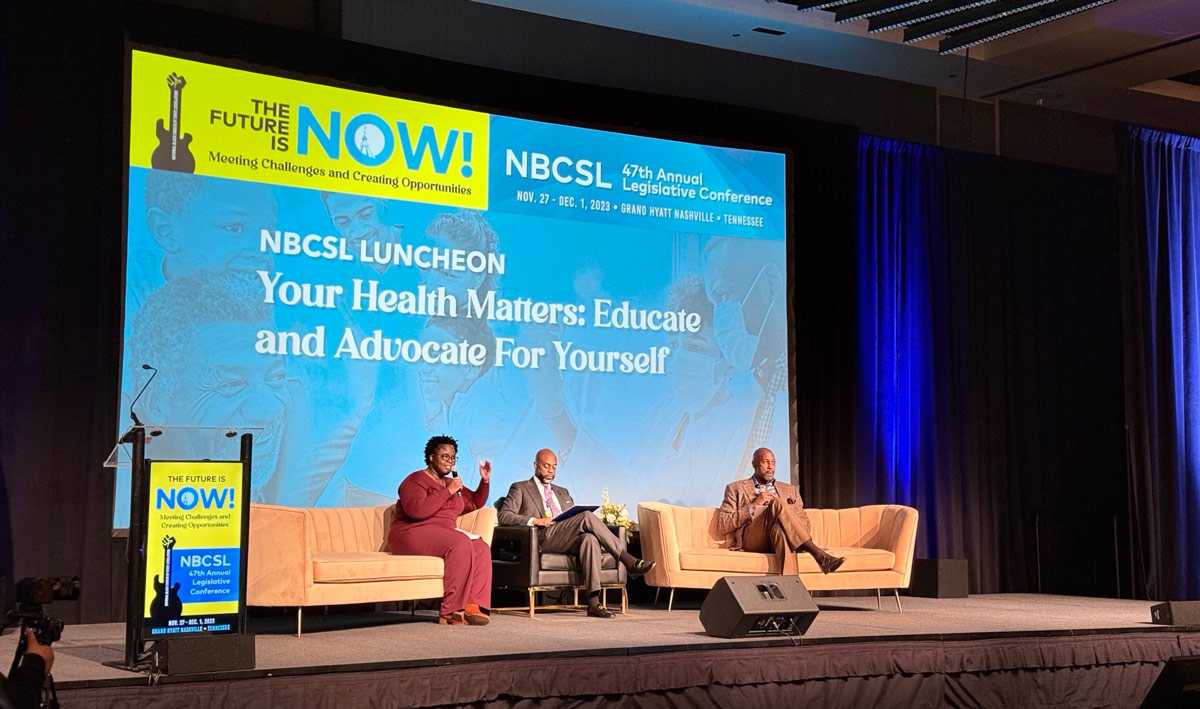

This article was originally published by Morning Consult.
For the past two and a half years, the mantra by some has been a combination of gridlock, hyper partisanship, toxic tweets, claims of socialist policies and failed repeal and replace efforts. The belief is that Americans need to wait until November 2020 for the next chance at any real progress.
That’s the conventional wisdom in today’s hyper-political environment. But the reality is much more complicated—and positive.
In healthcare, change is everywhere, affecting every patient and healthcare provider. The changes are driven by new policy directions, economics, advances in disease diagnosis and treatment and new resources for public health responses.
Meanwhile, by focusing on the negatives and on the politics, many observers have missed the changes that are taking place.
When I served in the Office of the Secretary at the Department of Health and Human Services and at the Food and Drug Administration, we often remarked that so many missed some of these seismic changes and the leadership driving them. It is true that early on in the administration, from a policy standpoint, it was all about repeal and replace.
However, as more policies were implemented, many observers continued to miss the progress. We sometimes wondered whether it was because they could not see through their partisan lenses or because they believed that legislation is the only sign of progress.
True, some important legislation has passed over the past two and a half years, including opioid funding in fall 2018 and FDA user fee reforms in August 2017. But much has been done without legislation. For instance, the administration has helped change the narrative by seeking to reduce high drug prices through government policies and by showing how a federal/state approach can address the opioid epidemic.
As we look to the future, it’s important to recognize recent progress: Drug price increases have leveled off. Opioid deaths are down. Affordable Care Act premium hikes have stabilized, and coverage choices have increased. HHS’ kidney care innovations proposal is shaking up the industry by shifting to a more home-based model.
Innovative value-driven healthcare models have been developed and proposed by the team at the Centers for Medicare and Medicaid Services. There has been an executive order and new focus on addressing “surprise billing.” The FDA has achieved historic levels of drug approvals—both brand and generic—eliminated outdated regulations and launched a multipronged effort to combat teen vaping. Former Commissioner Scott Gottlieb’s effort to slash the amount of nicotine in cigarettes led The Washington Post to proclaim on its editorial pages that it’s one of the “most important public-health initiatives of this century.”
This fall, we can expect the following developments:
- The administration, led by HHS Secretary Alex Azar and congressional leaders, will continue to focus on drug pricing. Dynamics around a House bill supported by Speaker Nancy Pelosi (D-Calif.) and the Grassley/Wyden bill in the Senate are fluid, and there could be a Senate vote on elements of drug pricing in a budget vehicle.
- Also, expect further regulatory action revolving around the president’s “American Patients First” blueprint. The claims that Azar is pursuing “socialist” policies — referring to “foreign reference pricing” — will likely continue, as will the administration’s efforts to address “foreign freeloading.”
- It’s reported that the administration will issue a health plan this fall, focused on access with choices, lower costs and private sector innovations.
- More “Medicare for All” debate. Democratic presidential candidates will support carving out union plans.
- More positive news on opioids with positive trends on overdose deaths, naloxone use and more evidence of shifting practice guidelines amid improving attitudes and practices.
Looking toward 2020, more change is coming:
- More public health progress on the opioid epidemic, youth vaping, and HIV. These are important initiatives that often get overlooked in people’s perceptions of what Washington is doing about healthcare. The HIV initiative — announced in the State of the Union and being implemented in the states — if successful, will eliminate or significantly reduce new HIV cases in 10 years.
- More efforts on drug pricing: The administration will continue to work to break through the noise through multiple channels. Regarding very high-priced drugs: building on the recent CAR-T decision at CMS, expect more reimbursement decisions and CMS guidance on high-priced drugs and gene therapies that base costs on the value of a life. There will also be continued debate during the Democratic primaries as the candidates have unveiled a series of policies ranging from price controls to the government manufacturing generic drugs. These ideas put the focus of the debate in sharp political focus.
- Legacy HHS healthcare regulation will be modified or eliminated. HHS Deputy Secretary Eric Hargan is pursuing ways to break down barriers to coordinated care and is taking a comprehensive look at the federal Anti-Kickback Statute and the Stark Law as well as a key privacy law (42 CFR Part 2) that was formally proposed for revision recently and is seen as a barrier in reducing opioid misuse.
- Coverage: The spirited debate will continue. Do we try to fix the current system, or adopt “Medicare for All”? Both parties will continue to support maintaining pre-existing conditions coverage and avoiding surprise billing by hospitals.
- Drug importation: New state-based proposals advocating for drug importation will continue, but a change in policy is still unlikely. The FDA will rightfully maintain a high bar to assure drug quality. Plus, there will be strong opposition from Canada.
In short, we should expect continued healthcare debate and continued coverage of pre-existing conditions. Prescription drug companies will be better positioned if they acknowledge patients’ sticker shock, support policies to reduce costs—such as rebate reform—and embrace more transparency. Democratic candidates will target companies, and the administration will continue advocating for solutions no matter whose bottom line is hit.
Since 2017, the healthcare narrative indeed has changed, and more changes are coming, all with very few Rose Garden signing ceremonies. Buckle up for more change in 2020.
.jpg)

